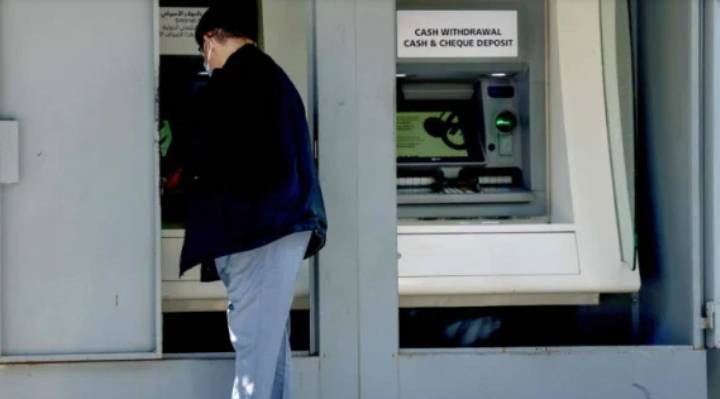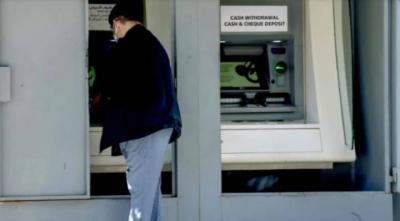On the first day of raising the official exchange rate and the banks' dollar to 15,000 lira, a state of chaos and anticipation prevailed in the markets, highlighted by the black market dollar, which surged from 57,800 lira on Tuesday night to nearly 63,000 yesterday. Will it continue to rise in the coming days?
A sense of expectations, disappointment, and confusion dominated the financial markets yesterday on the first day of implementing the 15,000 dollar in banks. Depositors or employees who had stopped withdrawing their money from banks in hopes of regaining some of its lost value, with the dollar still calculated at 8,000 lira, were surprised yesterday by the suspension of private sector "Sayrafa" operations and the reduction of withdrawal limits at the request of the Central Bank.
Despite this last measure being anticipated as one of the steps to curb the liquidity in the market, the reduction of withdrawal limits by half had a negative impact, especially since haircut protocols included salaries that are no longer fair or valuable, even becoming less than the cost of electricity bills. How can the sustainability of Lebanese labor be ensured when their full salary is withheld, calculated at 15,000 lira, while bills are paid at the Sayrafa dollar rate of 38,000, with no one knowing when it will rise, and they need to buy necessities at the rate of 64,000 lira?
In conclusion, three observations were made on the first day of applying the 15,000 lira dollar in banks:
- **Withdrawal Limit Reduction:** Banks resorted yesterday to reducing the monthly allowed withdrawal limits to keep cash withdrawal quantities the same. Therefore, depositors will not benefit from any increase in withdrawals, whether in lira or dollars. For example, a salary of 1,000 dollars now equals 15 million lira instead of 8 million lira, but with the new measures, the depositor will receive the same amount they were entitled to before, which is 7.5 million lira in cash. It was also noted that depositors were previously allowed to transfer about 24 million lira monthly to their bank cards, but this amount has now been reduced to 7.5 million.
- **Private Sector Employees:** Employees in the private sector were surprised by the cessation of their benefits from the Sayrafa dollar, meaning they will have to withdraw their full salary in Lebanese lira with a reduced withdrawal limit, while the Sayrafa dollar will remain available to public sector and military employees, creating once again a distinction between employees in the two sectors. It should be noted that conditions and productivity in both sectors cannot be compared, especially as public sector employees are on ongoing strikes, and those who do attend work only show up three days a week. Why this discrimination? Isn’t it enough that all the recent taxes imposed by the state, along with customs dollars, are aimed at funding the public sector?
- **Black Market Dollar:** One of the consequences of raising the official dollar to 15,000 lira was an increase in the black market dollar price by about 5,000 lira in less than 24 hours. On Tuesday night, the black market dollar closed at 57,800 lira for sale and 58,000 lira for purchase, beginning a day of successive increases in exchange rates, peaking at 63,000 lira in the afternoon.
The cessation of private sector benefits from Sayrafa may be one of the factors contributing to the dollar's rise yesterday, but this increase cannot be separated from the ongoing deterioration of the Lebanese economy without any rescue plans so far. Additionally, the failure to prompt both the executive and judicial authorities to pursue illegal money changers and speculators on WhatsApp groups did not help in curbing the dollar, aimed at misleading the public into believing that the collapse of the lira could still be contained, knowing that the state had previously taken a similar step when the dollar was still at 3,000 and 4,000 lira in the black market. How are things now with the dollar at 63,000?




